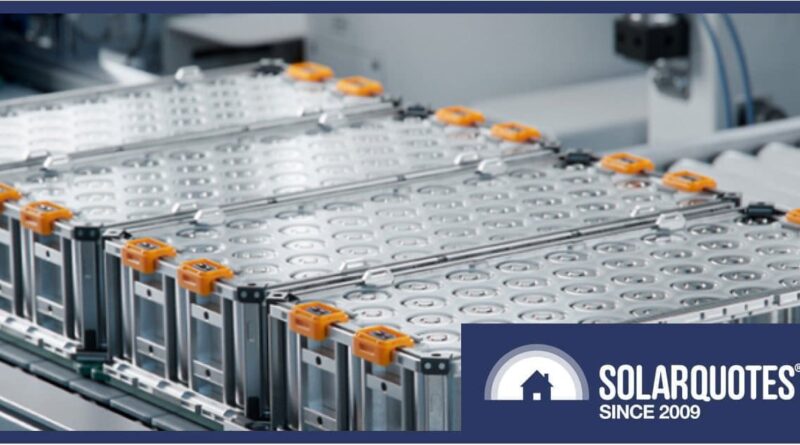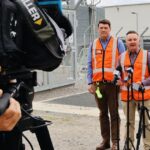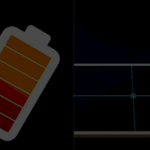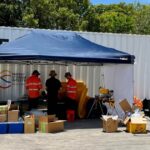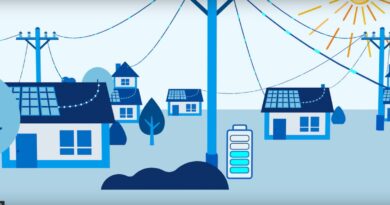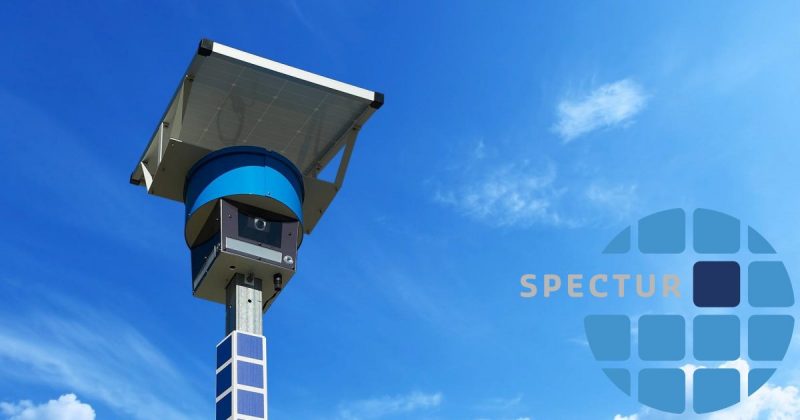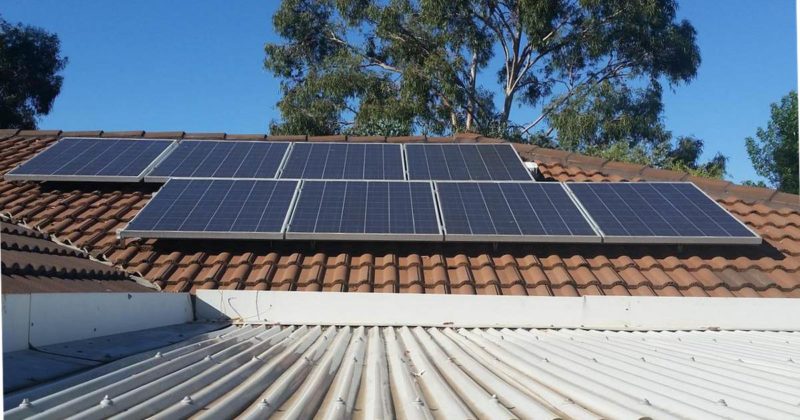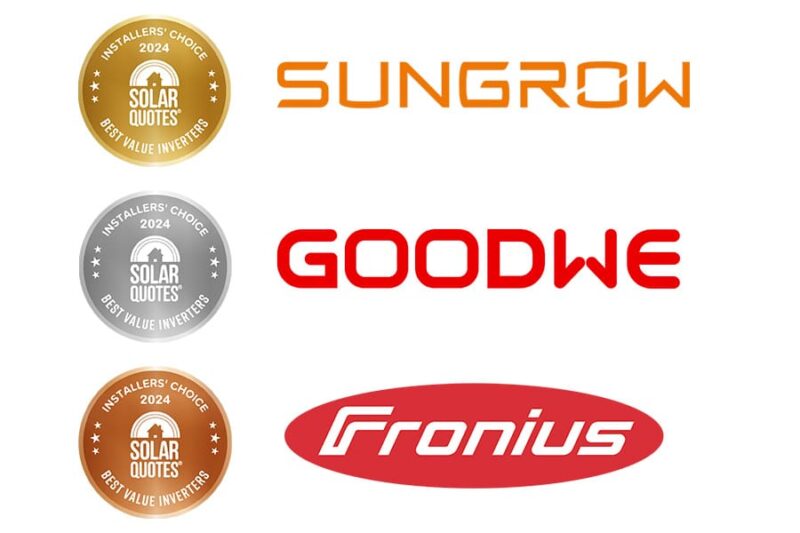Help Shape Australia’s $523M Battery Breakthrough Initiative
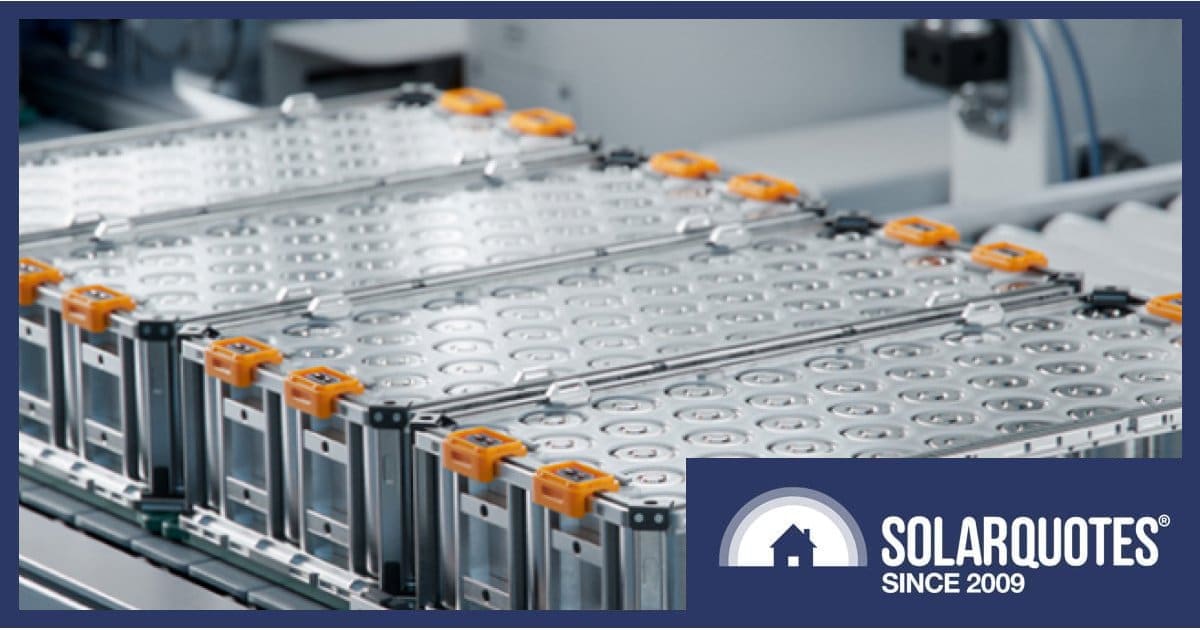
Here’s your opportunity to have a say in how an Australian Government program goes about supporting the development of a local battery manufacturing industry.
As part of the Albanese Government’s Future Made in Australia (FMA) policy agenda, the National Battery Strategy was published in May this year. The Strategy outlined how the Government will provide a helping hand to the Australian domestic battery industry, with view to Australia being a globally competitive producer of batteries and related materials by 2035. One of the elements is the $523.2 million Battery Breakthrough Initiative.
The program is being designed by the Australian Renewable Energy Agency (ARENA – which will also be the delivery agency) and the Department of Industry, Science and Resources (DISR).
“The Battery Breakthrough Initiative will aim to commercialise battery manufacturing technology and processes, provide clean energy opportunities for Australia’s workforce and allow Australia to leverage its expertise in energy storage,” said ARENA CEO Darren Miller.
When it comes to home batteries, there are a few local companies manufacturing products; but all are using cells produced outside our shores. Beyond home batteries there’s also EV, neighbourhood and community, and grid-scale energy storage solutions to consider. As well as export market potential, Australia will be needing a shedload of all of the above as part of its renewable energy transition – and this provides a significant opportunity for local manufacturing.
Initial Focus: Battery Materials, Cells And Packs
At this point, it’s proposed that the Battery Breakthrough Initiative will kick off supporting the production of:
- active materials, cathodes, anodes and flow battery electrolytes
- the manufacture of any type of electrochemical battery cell1.
- battery pack assemblies, which includes incorporating battery management systems (BMS).
ARENA is considering providing financial support in various forms – such as production incentive payments, grant funding tied in with milestones, recoupable grants or a combination of the three. It’s proposing the minimum funding for a project to be $2 million, and the maximum, $200 million.
Among the eligibility and merit criteria:
- Applicants must hold an ABN and be either an Australian registered company, Commonwealth corporate identity, state or territory owned corporation (or subsidiary thereof), or be a local government or council (or an organisation representing them).
- Projects must be located in Australia.
- There’s also a knowledge sharing aspect, intended to focus on providing general learnings from beneficiary projects.
Community Benefit Principles are being established to ensure government support and the private investment it attracts flows on to communities in ways that benefit local workers and businesses, such as safe and secure jobs.
ARENA is now seeking feedback on market readiness and design of the program. While requesting feedback on the questions contained within the Consultation Paper, comments on other design considerations not raised will be accepted. Written submissions are open until 10:00am AEDT on 7 October 2024.
Further information, including access to the Consultation Paper, can be found here.
Solar Sunshot Under Way
Another aspect of Future Made In Australia is the $1 billion Solar Sunshot Initiative; designed to support Australian solar PV manufacturing innovation and related supply chains. It’s further along the track, with two initial funding rounds opened at the beginning of this month.
Round 1A ($500 million) expressions of interest are due on 10 December 2024, and the deadline for full applications is 30 April 2025. Round 1B is worth $50 million, and full applications for that are due on 2 November 2025. ARENA says it expects to launch one or more further funding rounds for Solar Sunshot next year.
Footnotes
- ARENA notes supercapacitors, hydrogen electrolysers and fuel cells are not considered to be electrochemical batteries under the Program. ↩
Original Source: https://www.solarquotes.com.au/blog/battery-breakthrough-initiative-mb3006/

